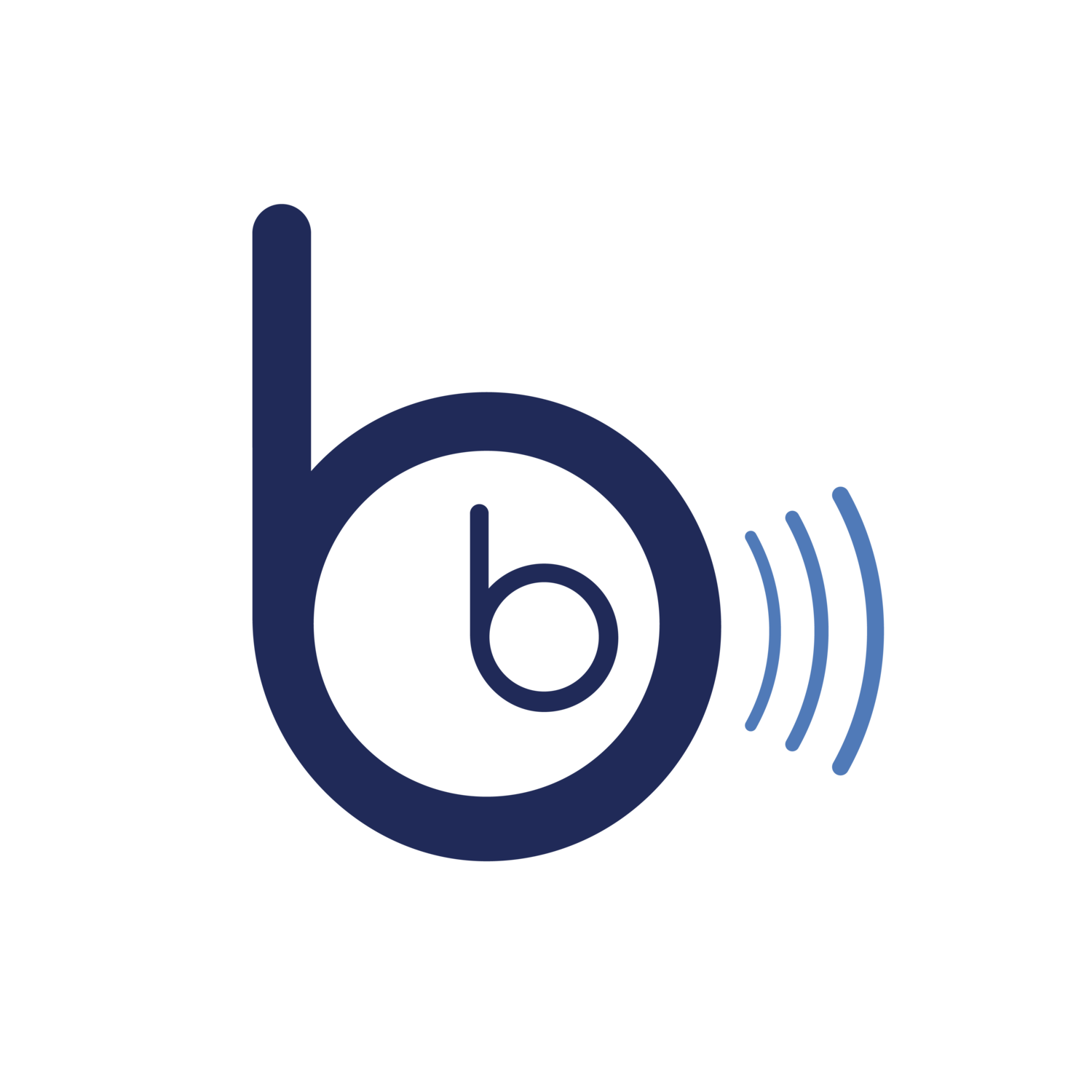Professional Etiquette
Contributed by Amanda Fraraccio
We have explored ways companies can engage with and care for their employees to maintain happiness and productivity. This month, we shift gears and discuss ways to present professionally for obtaining and securing the job desired. Being a professional is more than degrees and certifications, it is how one conducts and carries themselves in their place of employment.
Here are some strategies that apply to most professions:
Accountability
Timeliness - Arriving late can give the impression of carelessness and not valuing people’s time.
Responsibility- Avoid hiding from mistakes. Own them and try to correct them (Rosenburg McKay, 2017).
Promptness - Respond to people and follow through on promises in a timely manner.
Organization - A professional can quickly and easily find what is needed.
Ethics - Professionals, such as doctors and lawyers, must adhere to a strict code of ethics. Even if your company or industry doesn't have a written code, display ethical behavior at all times.
Development - Attend seminars and attain related certifications (Joseph, 2018).
Attitude
Negativity - Everyone has days when they don’t feel their best. Remember not to take it out on others. Complaining regularly can bring others down.
Gossip - It is inappropriate in the workplace, whether it’s about someone else or one's own life. Be deliberate about confiding in coworkers. Sharing personal matters is best done in private, away from clients and patients.
Team spirit - A professional is willing to help colleagues. They are not afraid to share knowledge, opinions, or an extra pair of hands when solicited. One person’s success reflects well on everyone (Rosenburg McKay, 2017).
Attire
Whether its business, business casual, or scrubs, be mindful of appearing neat and clean.
If there is no dress code, choose attire that is the norm in your workplace (Rosenburg McKay, 2017).
Communication
Phone Etiquette – Identify yourself by your full name, company, and title when you place a call. Avoid dominating the conversation, listen carefully to the other party.
Written correspondence – Keep communications brief and to the point. A polite but formal tone is appropriate (Joseph, 2018).
Strategies for healthcare staff
Demeanor - Healthcare staff are better reviewed when friendly, open, and they acknowledge patients immediately.
Bedside manner – This encompasses medical knowledge, personality, and ability to understand the patient and communicate concern for them.
Devices - While technology can be helpful for doctors and patients, it is also a potential distraction that could damage patient interaction. Device use is for recording or seeking data. Healthcare professionals strive to keep their focus on the patient. Be conscientious of addressing the patient directly. Enter data and look back at them to help the patient feel like top priority (Britt, 2012).
Knowing how to present yourself professionally can go a long way to helping you achieve your goals. In healthcare you are making first impressions every day. Keeping these tips in mind can benefit you, your company, and the people you serve.
References
Britt, D. (2012, April). http://source.southuniversity.edu. Retrieved from South University: http://source.southuniversity.edu/healthcare-professionalism-how-important-is-proper-bedside-manner-132067.aspx
Joseph, C. (2018, January 30th). http://smallbusiness.chron.com. Retrieved from Chron: http://smallbusiness.chron.com/10-characteristics-professionalism-708.html
Rosenburg McKay, D. (2017, July 14). https://www.thebalance.com/professionalism. Retrieved from The Balance: https://www.thebalance.com/professionalism-526248

